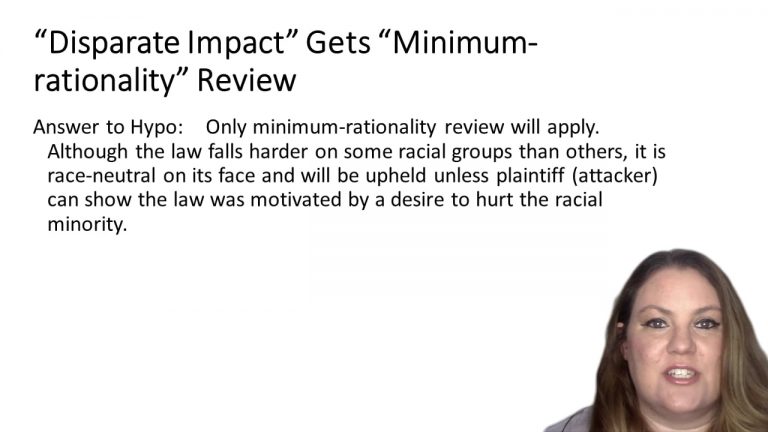SmartBrief
Confirm favorite deletion?
Constitutional Law Keyed to Choper
Burton v. Wilmington Parking Authority
Citation:
365 U.S. 715, 81 S.Ct. 856, 6 L.Ed.2d 45 (1961).Facts
In August 1958, Burton, a black man, entered the Eagle Coffee Shoppe, a restaurant located within an off-street parking garage in Wilmington, Delaware. The parking garage was operated by the Wilmington Parking Authority, an agency of the state of Delaware. Burton was denied service in the Eagle Coffee Shoppe solely because of his race. The land and building were publicly owned. As an entity, the building was dedicated to “public uses” in performance of the Wilmington Parking Authority’s “essential government functions.” The costs of land acquisition, construction, and maintenance are paid in part through donations by the City of Wilmington.
Burton filed suit seeking an injunction preventing the restaurant from operating in a racially discriminatory manner on the ground that doing so violated the Equal Protection Clause of the Fourteenth Amendment.
Only StudyBuddy Pro offers the complete Case Brief Anatomy*
Access the most important case brief elements for optimal case understanding.
*Case Brief Anatomy includes: Brief Prologue, Complete Case Brief, Brief Epilogue
- The Brief Prologue provides necessary case brief introductory information and includes:
Topic:
Identifies the topic of law and where this case fits within your course outline.Parties:
Identifies the cast of characters involved in the case.Procedural Posture & History:
Shares the case history with how lower courts have ruled on the matter.Case Key Terms, Acts, Doctrines, etc.:
A case specific Legal Term Dictionary.Case Doctrines, Acts, Statutes, Amendments and Treatises:
Identifies and Defines Legal Authority used in this case.
- The Case Brief is the complete case summarized and authored in the traditional Law School I.R.A.C. format. The Pro case brief includes:
Brief Facts:
A Synopsis of the Facts of the case.Rule of Law:
Identifies the Legal Principle the Court used in deciding the case.Facts:
What are the factual circumstances that gave rise to the civil or criminal case? What is the relationship of the Parties that are involved in the case.Issue(s):
Lists the Questions of Law that are raised by the Facts of the case.Holding:
Shares the Court's answer to the legal questions raised in the issue.Concurring / Dissenting Opinions:
Includes valuable concurring or dissenting opinions and their key points.Reasoning and Analysis:
Identifies the chain of argument(s) which led the judges to rule as they did.
- The Brief Prologue closes the case brief with important forward-looking discussion and includes:
Policy:
Identifies the Policy if any that has been established by the case.Court Direction:
Shares where the Court went from here for this case.
Topic Resources
Topic Outline
Topic Refresher Course

 5m 39s
5m 39s